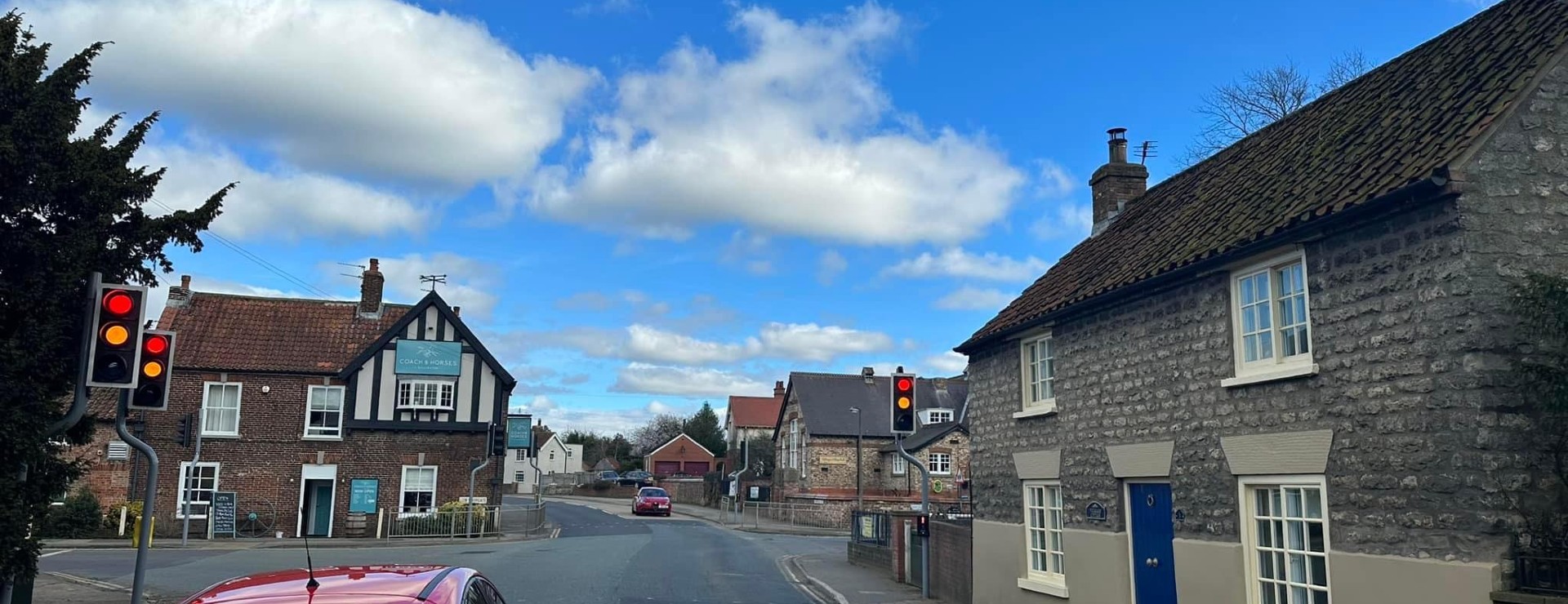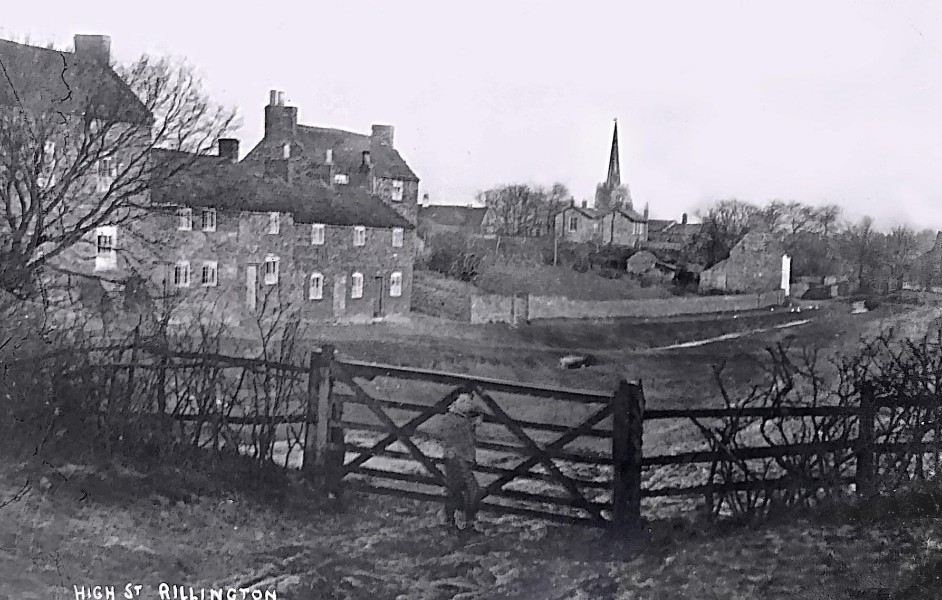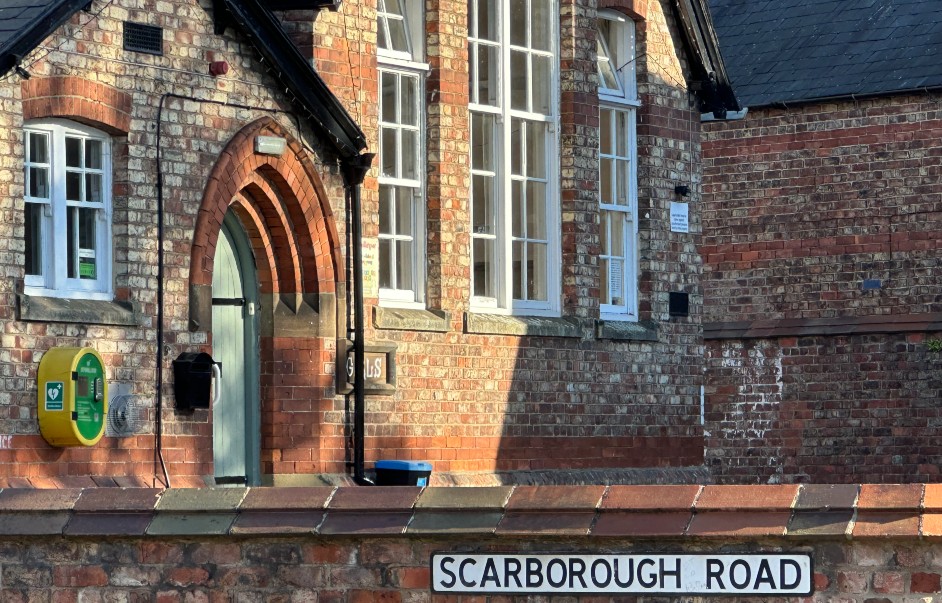
Education
Education: Illuminating Rillington’s Scholarly Journey
In every weathered brick, every sunlit classroom, and every echoing corridor of an old school, lies a trove of stories. Schools are more than just places of learning; they are living archives, where the past continues to resonate with the present as stories of their existence live on from student to student, generation to generation.
Dame School: Where Foundations Were Laid
Local lore has it that in a house at 3 Westgate, fondly referred to as Rectory Cottage, a Dame School once thrived. Here, young minds were gently nurtured in the essentials of reading and writing.
This private elementary school was in the capable hands of female educators and was the cornerstone of early education in the 17th to 19th centuries. With a focus on spelling and even a touch of mathematics, these intimate schools thrived in an era before compulsory schooling took its place in the educational landscape.
1847: Rillington School Emerges
In 1847, Rillington saw the establishment of its first formal school. This stone-built institution stood proudly atop the present-day High Street, adjacent to the cemetery. The site was granted to the vicar, Rev. Thomas Addison, and the churchwardens with the intent of aligning its educational practices with the principles of ‘the Incorporated National Society for promoting the education of the poor in the principles of the Established Church.’ The school was eventually superseded when the Board School was erected.
The building transitioned into a space for reading and recreation, and during World War II, it served as a storage facility for various military units until becoming derelict. All that remains today is a portion of a wall forming part of the cemetery boundary.


1875: The Dawn of Rillington Board School
In 1870, the Elementary Education Act, also known as Forster’s Education Act, laid the foundation for the education of children between the ages of 5 and 15 in England and Wales. The Board School was erected at the intersection of the present High Street and Scarborough Road. Crafted from brick with elegant stone embellishments, this institution came to fruition at an estimated cost of £1,000.
In 1887, an Infant School was seamlessly integrated at a modest cost of £80. This progressive space catered to 175 children, with an average attendance of 155. The dedicated teaching staff included a headmaster, two assistants, and two pupil teachers.
The School Board was comprised of esteemed individuals such as:
Thomas Collinson (Chairman)
R. Jackson (Clerk)
Enos Piercy (Attendance Officer)
Messrs Collinson, Pearson, Wright, Jackson, and Shaw
Industrial School: Date Unknown
Lost in time, an Industrial School quietly found residence in the upstairs room of a cottage on Westgate.
From Rillington Community to Rillington Primary
Situated on the High Street, the Rillington Community Primary School closed its doors in 2020, reviving itself as Rillington Primary School, ushering in a new era under the auspices of the Elevate Multi Academy Trust – a haven for young scholars ages 3-11.
Explore the journey of Religion in Rillington. From early beliefs to thriving congregations. Uncover the spiritual fabric of this dynamic community.
Thank you for visiting Rillington History!
Do you have a story or local knowledge you’d like to share with us? We’d love to hear from you! Get in touch and be a part of Rillington’s living history.
